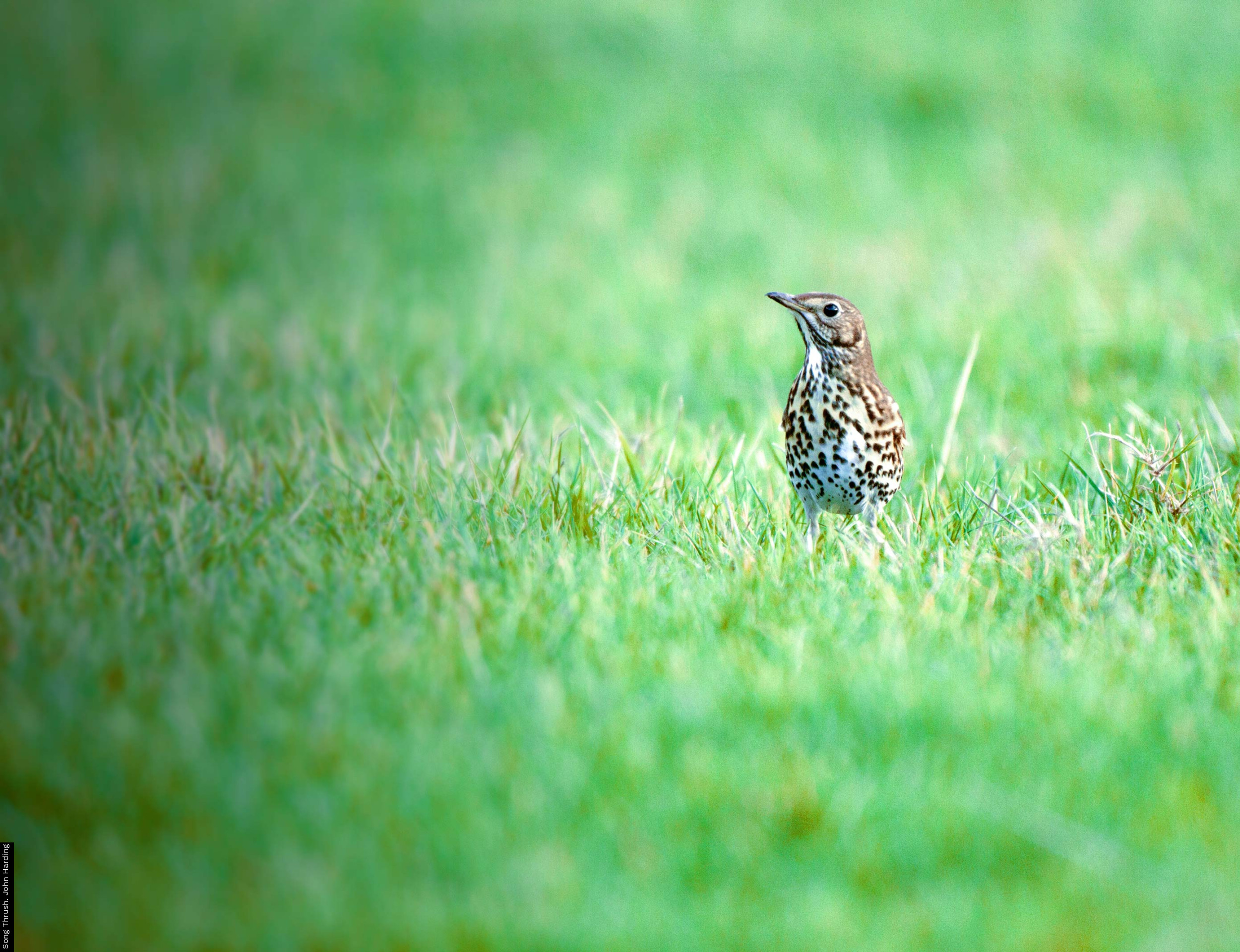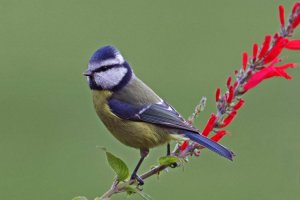Latest results
We used biomass as a way of measuring bird communities. Our results ranged from 9g (a garden in Scotland with a single Coal Tit visiting) to 71,496g (a garden in Norfolk with Mallards). The national average was 3575g, equivalent to 325 Blue Tits, 36 Blackbirds or eight Woodpigeons!
Location
On average, rural gardens (4283g) held greater 'bird biomass' than suburban ones (3195g) which supported more than urban gardens (2679g). On average, larger gardens supported the most 'bird biomass' (4900g). These typically supported larger species such as gambirds, birds of prey and waterfowl. Small gardens, on average, supported the greatest biomass of sparrows/buntings.
On average, gardens in Northern Scotland supported almost twice the biomass of red-listed birds of conservation concern than gardens in the south of England. East Anglian gardens supported the greatest biomass of 'amber-listed' birds.
| Region | No. of submissions | Av. biomass | Min. biomass | Max. biomass |
|
Channel Islands |
1 | 7500 g | 7500 g | 7500 g |
| East Midlands | 354 | 3437 g | 11 g | 32,820 g |
| East of England | 609 | 3926 g | 96 g | 71,496 g |
| Ireland | 7 | 4385 g | 1014 g | 12,294 g |
| Isle of Man | 2 | 7449 g | 1413 g | 13,484 g |
| London | 197 | 3055 g | 250 g | 20,940 g |
| North East | 171 | 3943 g | 26 g | 18,495 g |
| North Scotland | 72 | 3858 g | 222 g | 20,122g |
| North West | 432 | 3434 g | 130 g | 26,751 g |
| Northern Ireland | 25 | 3929 g | 983 g | 12.333 g |
| South East | 814 | 3747 g | 77 g | 32,034 g |
| South Scotland | 213 | 4310 g | 9 g | 34,474 g |
| South West | 562 | 3240 g | 11 g | 29,222 g |
| Wales | 242 | 3437 g | 191 g | 22,427 g |
| West Midlands | 378 | 3351 g | 138 g | 29,860 g |
| Yorkshire & the Humber | 376 | 3309 g | 22 g | 26,878 g |







Share this page